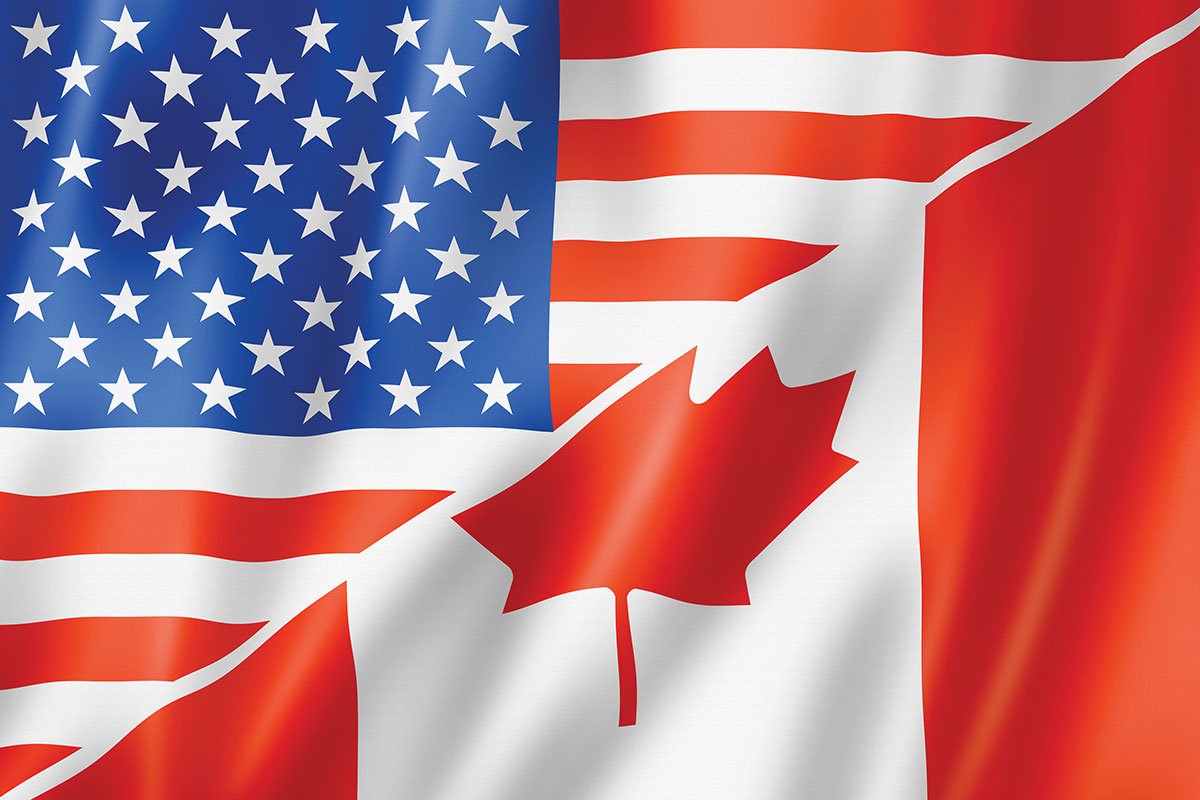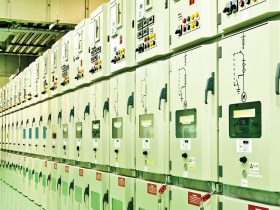The fourth edition of the SPE-1000 Model Code for the Field Evaluation of Electrical Equipment (SPE-1000) is scheduled to be published by June of this year. The SPE-1000 was first published in 1994 providing requirements used by inspection bodies accredited by the Standards Council of Canada when field evaluating unapproved electrical equipment. Used in conjunction with the requirements of the Canadian Electrical Code (CE Code), Part I, the SPE-1000 document provides construction requirements for the equipment being evaluated along with testing criteria, and minimum marking for equipment nameplates, warning and caution notices. The SPE-1000 does not cover the field evaluation of equipment for use in hazardous locations, medical electrical equipment, equipment connected to line voltage in excess of 46 kV, and individual stand-alone components such as conductors, cable, wiring devices, switches, relays, and timers.

Photo 1. Testing of a photovoltaic module
The changes in the fourth edition focused on the addition of specific requirements for industrial control equipment, high-voltage equipment, solar photovoltaic modules, wind turbines, inverters, and additional requirements for instrument transformers, energy usage metering devices, and associated equipment. During these additions, the SPE-1000 Working Group identified the need for general requirements for transformers, motors, switches, receptacles, enclosures for outdoor use, conductor ampacities, and supplementary protectors. New clauses have been added for the allowable ampacity for wires and cables. These new clauses reference allowable ampacities in the CE Code Part I for conductors external to control panels and to a new table that matches Table 18 from CSA Standard C22.2 No 14 Industrial Control Equipment for conductors within control panels. In addition the temperature limitations of CE Code Part I Rule 4-006 have been added to align the SPE-1000 with the CE Code Part I and existing equipment testing in CE Code Part II standards. For supplementary protectors a new definition has been added to the definition section of the SPE-1000 in Clause 2.2, and a new clause has been added detailing the limited acceptability for supplementary protectors.
New clauses have been added for industrial control equipment. These clauses include details for wire bending space including new tables from C22.2 No 14, disconnection means for control panels, protective devices, control transformer protection, minimum allowable conductor size, permanent connection provisions, terminal size requirements, enclosure thermal insulation limitations, observation windows, intrinsically safe equipment requirements, and additional marking requirements for control panels.

Photo 2. 27.6kV Switchgear modified to metering specification of the supply authority then field evaluated to the requirements in the SPE-1000
The high-voltage equipment requirements added to the SPE-1000 are limited to certified deadfront indoor enclosed and an outdoor enclosed assembly of switchgear and components that have been modified, and then only where adequate testing and review is performed or where documentation is provided to demonstrate that all type testing and mechanical review have been conducted as detailed in CSA Standard C22.2 No. 31 or CSA TIL D-25, as applicable, on a similar design of equipment. These clauses for high voltage equipment are not intended to approve a new design of high-voltage equipment where all relevant sections of CSA C22.2 No. 31 or another recognized document (ORD) are deemed necessary. The requirements in the clauses for high voltage equipment include construction, grounding and bonding, conductor spacing, circuit breakers and switching devices, force-cooled equipment, pad-mounted switchgear, and requirements switchgear intended to be used for service entrance. Testing for high voltage equipment includes all tests from CSA Standard C22.2 No 31 Switchgear, and additional requirements for short-circuit withstand rating, and dielectric strength testing.
New clauses have been added for solar photovoltaic modules. These clauses provide separate direction regarding additional testing and markings required for modules that have been either certified to UL 1703 or tested in accordance with IEC 61730-1 and 61730-2. Modules without UL 1703 certification or appropriate IEC 61730-2 testing cannot be field evaluated using the SPE-1000.
Wind turbines clauses have also been added to the SPE-1000. These clauses include details for generators and motors, generator overcurrent protection, wind turbine components, overcurrent protection for all components of the wind turbine, emergency blade pitch control power supplies, capacitors, low and extra low voltage cables, high voltage cables, grounding and bonding, lightning protection, disconnection means, and safety controls. In addition, clear direction is given for the main nameplate, and warning and caution markings.
Specific requirements for inverters/converter have also been added to the SPE-1000 with separate details for inverter components, and utility interconnected inverters. These clauses tie closely with the requirements and testing in CSA Standard C22.2 No 107.1 General Use Power Supplies.

Photo 3. Modified distribution panel with CTs installed for non-utility metering; ready for a field evaluation inspection
Additional requirements for instrument transformers, energy usage metering devices, and associated equipment have been added to the SPE-1000. These clauses were added as a direct result of the addition of Subrule (4) for CE Code Part I Rule 12-3032 allowing enclosures for overcurrent devices, controllers, and externally operated switches to be used as a raceway for wiring associated with instrument transformers and energy usage metering devices. These new clauses address the wiring space, wire bending space, and additional marking requirements when current transformers CTs are added to a panelboard.
In addition to the changes detailed in this article, tables have been added for
- Wire bending space
- Wiring space
- Full-load motor-running currents in amperes corresponding to ac horsepower ratings
- Full-load motor-running currents in amperes corresponding to dc horsepower ratings
- Allowable ampacities of insulated copper conductors inside industrial control enclosures
- Maximum acceptable rating of primary overcurrent device for control transformers
- Maximum acceptable rating of secondary overcurrent device for control transformers
- Minimum spacings for high-voltage power circuits
- Impulse and corona-extinction test voltages for high-voltage switchgear assemblies
- Dielectric strength test voltages for high-voltage switchgear assemblies, and
- Voltage and frequency operation limits
Two new figures have also been added, one for an articulated finger probe, and one for the typical arrangement of intrinsic safety barriers.
One more major change is in the process and scheduling of future editions of the SPE-1000. Future changes for the SPE-1000 will use a similar approach as the CE Code Part I in that separate proposals will be addressed when submitted then sent for ballot. The existing process held proposals until a sufficient number were received, and then a working group would work on all the proposals at once. The new process will address proposals sooner in an effort to encourage more proposals. The cycle for the SPE-1000 will also change to a three year cycle with new editions being published following the publication of the CE Code Part I.














Find Us on Socials